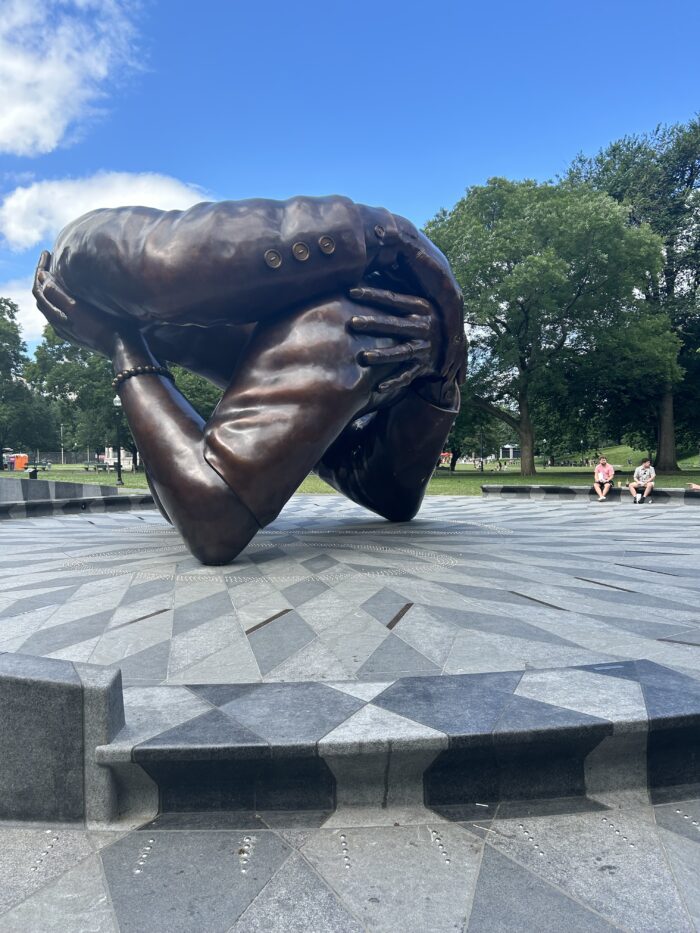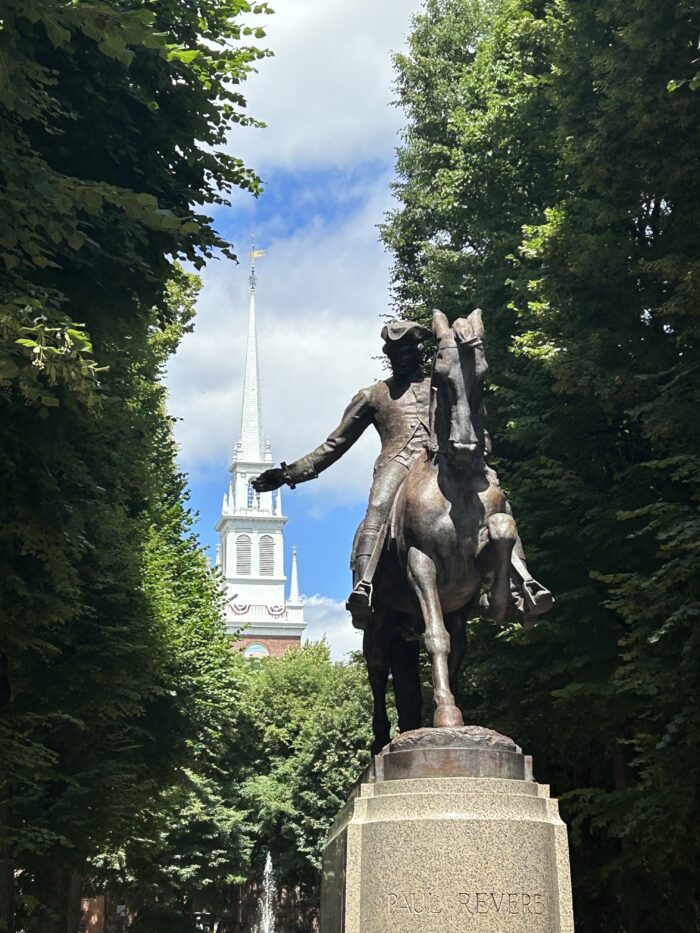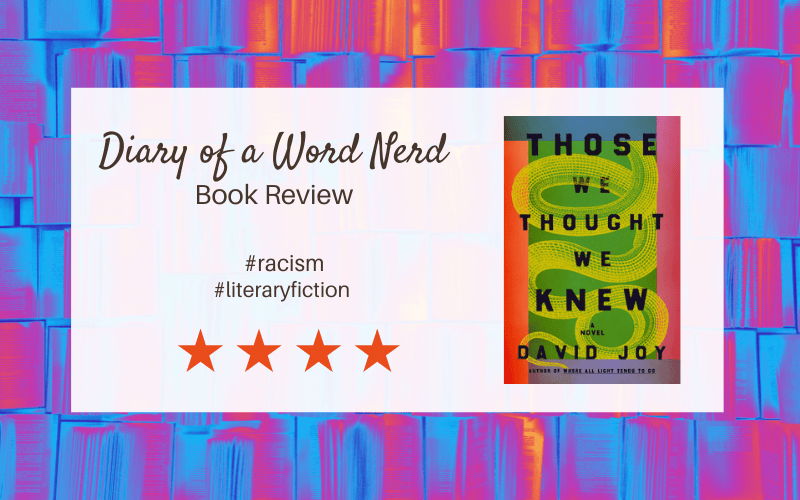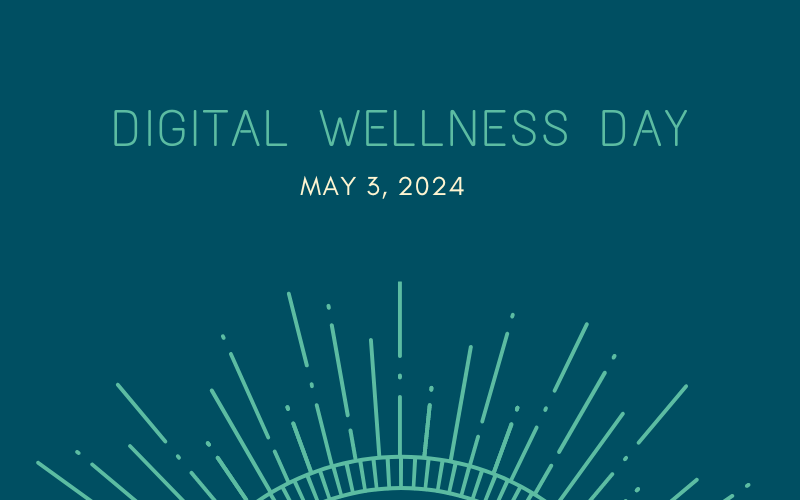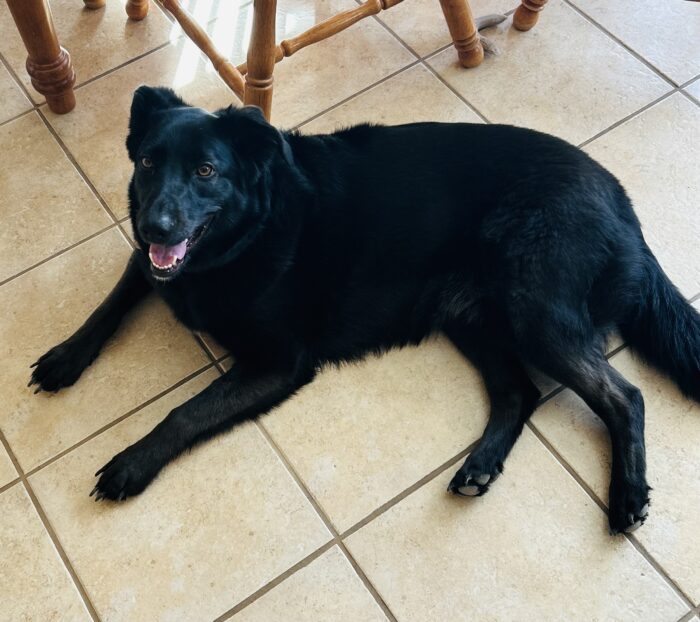I thought I knew a lot about the founding of our great nation. I’ve lived in Virginia for 45 years and grew up just outside of Washington, D.C. My first job was at George Washington’s home, Mt. Vernon, and I attended The University Thomas Jefferson built. Monticello is one of my favorite places, for the gardens, the library, and Jefferson’s many inventions and interests. (Don’t worry, I’m also aware of Jefferson’s flaws, including his slave owning, his fathering of illegitimate children with slaves, and his snipping of Jesus’s miracles out of his Bible.) Over the years, I’ve wandered the dusty paths of Williamsburg and Jamestown several times, accompanying each of my four children during their epic FOURTH GRADE TRIP.
The point is, I thought I had this founding of our nation thing covered.
I was wrong.
I’ve never been to New England, so last month, our family took an adventure to Boston. My nephew lives there and recommended The Freedom Trail as a good way to get to know the city, and wow, I learned a ton. Washington, Jefferson, Madison, all great Virginians, did a lot for our country. But those people from Boston? Samuel Adams, Benjamin Franklin (was born there and later moved to Philly,) and Paul Revere? We wouldn’t have our liberty without them.
The Freedom Trail starts at the beautiful park called Boston Common, where English soldiers once ran drills in front of nervous Boston settlers. In the middle of the park, there’s a statue called “The Embrace,” made up of two sets of arms hugging. It honors Martin Luther King, Jr. and his wife, Coretta Scott King, and their legacy in Boston. The couple met in the city, and King gave a speech there in 1965. The Freedom Trail has a few stops near the park, then weaves through the city, leading curious followers past churches and meeting houses, the very spots where brave men gathered to plan resistance. Each stop on The Freedom Trail has a historical marker explaining its significance, and over the course of the two-and-a-half-mile walk, I developed a deeper appreciation for the boldness of the people of Boston.
I was struck by two things. First, I have not given Benjamin Franklin enough attention. Yes, Jefferson was and is considered a Renaissance man, but Franklin was just as, if not more, interesting. He invented many useful items, including lightning rods and bifocals, and established institutions critical to our democracy, such as the first public library. Hubby and I have already started watching the Apple TV Series “Franklin” (starring Michael Douglas), and I’m seeking recommendations for a good biography. (A friend suggested An American Life by Walter Issacson. Any others?)
The second revelation hit me in the shadow of the Old North Church tower. That’s where, in April 1775, Sexton Robert Newman lit lanterns- one if by land and two if by sea- to signal the arrival of British forces and send Paul Revere on his famous ride. If these everyday people could risk their lives to gain freedom, don’t we owe it to them to do whatever we can now to protect it?
We complain a lot these days about the fractured state of our country and the stagnation of partisan politics. But surely, those people in Boston in the 1770s, living with British soldiers under their noses, had it worse. And they figured a way out. We can too.
Happy belated Fourth of July everyone, and let’s take this moment to consider the history of where we’ve been and use that to decide where we want to go.
Can you recommend any books about Franklin or Boston?
Thanks for getting nerdy with me!





